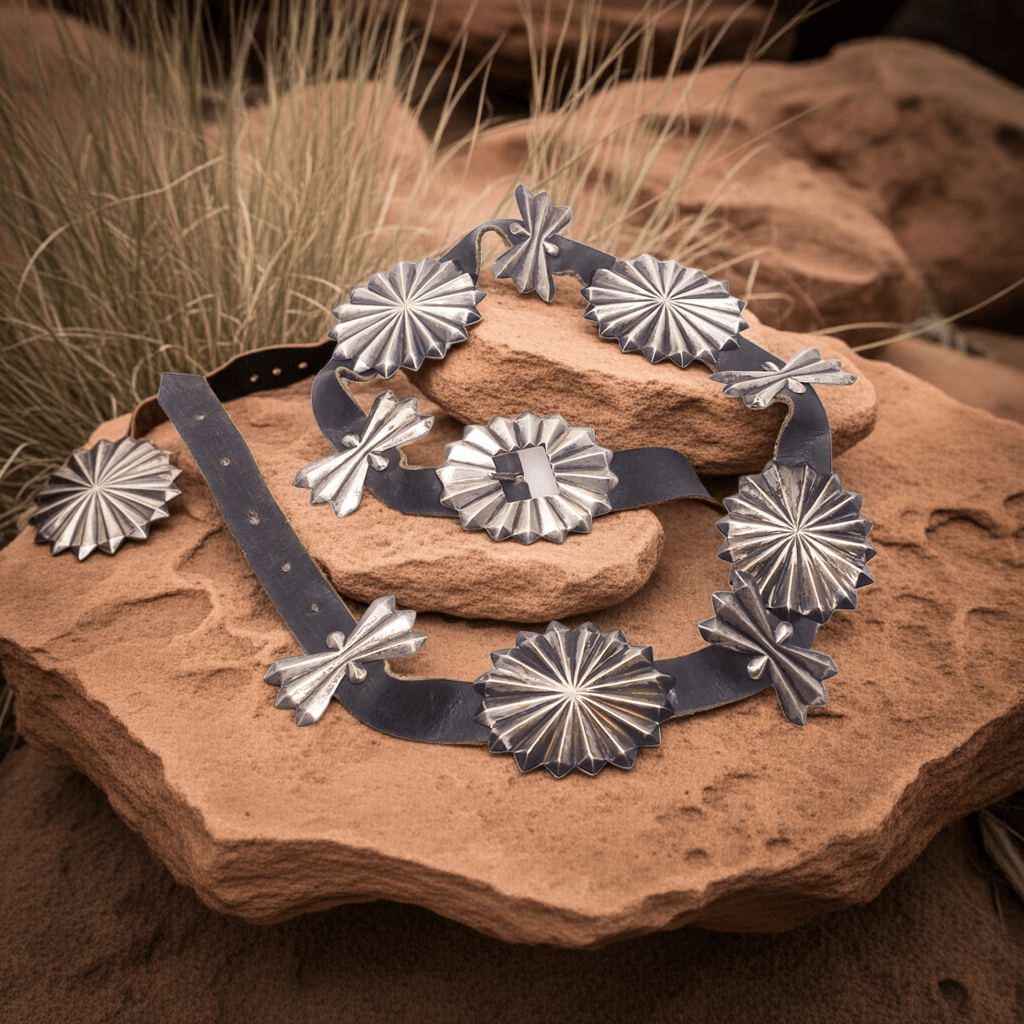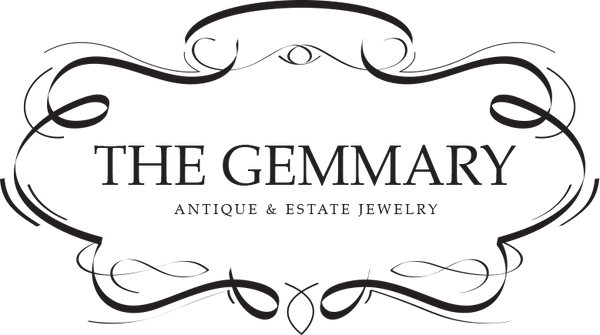
The History of Navajo Jewelry
Navajo jewelry is one of the most recognizable and influential art forms in American history. Known for its bold silverwork, detailed stamp designs, and the use of turquoise, Navajo jewelry reflects centuries of cultural identity, artistry, and resilience. Collectors, historians, and jewelry enthusiasts alike are captivated not only by the beauty of these pieces but also by the deep symbolism and craftsmanship embedded in every design.

Portrait photograph of Atsidi Sani, c. 1883. Image: G. B. Wittick, Public domain, via Wikimedia Commons
Origins of Navajo Jewelry
The Navajo people (Diné) started making jewelry in the 19th century after learning silversmithing from Mexican artisans around the 1850s. Atsidi Sani, often recognized as the first Navajo silversmith, is believed to have begun working with silver around 1865. Early Navajo jewelry was mainly crafted from melted coins, copper, and brass before they had access to sheet silver.
By the late 1800s, Navajo jewelers had developed their own distinctive style, combining silver with turquoise, a gemstone revered by many Native American tribes in the Southwestern United States. Turquoise symbolized protection, life, and harmony with nature, and it became a signature of Navajo jewelry.

Navajo Ring and Bracelet. Image: The Gemmary
Symbolism in Navajo Jewelry
Navajo jewelry is highly symbolic, featuring designs that represent spirituality, the natural world, and cultural traditions.
-
Turquoise: Sacred stone symbolizing health, luck, and connection to the sky and water.
-
Coral, shell, and jet: Often paired with turquoise to represent the four sacred elements.
-
Naja (crescent-shaped pendant): Originating from Moorish and Spanish influence, the naja became central to Navajo squash blossom necklaces and symbolizes protection and beauty.
-
Stamped patterns: Sun rays, arrows, animals, and plants are carved into silver, each carrying layered meanings of life, guidance, and resilience.
 1960s BOBBY THOMPSON Turquoise Squash Blossom Necklace with Naja. Image: The Gemmary
1960s BOBBY THOMPSON Turquoise Squash Blossom Necklace with Naja. Image: The Gemmary
Craftsmanship and Methods
Traditional Navajo silversmithing involves hand-hammering and stamping silver into bold, three-dimensional forms. Techniques such as:
-
Sandcasting (introduced in the late 1800s): A method using sandstone molds to create intricate, heavy designs.
-
Stamp work (popular by the 1920s): Custom steel stamps carved by hand to create unique, repeatable patterns.
-
Cluster and needlepoint work (developed in the mid-20th century): Arrangements of turquoise stones in radiating, delicate patterns.
Each method showcases the silversmith’s skill in balancing form and symbolism while maintaining cultural traditions.

Navajo Jewelry in the 20th Century
By the early 1900s, trading posts across the Southwest showcased Navajo jewelry to tourists, collectors, and museums. This exposure increased recognition of Navajo artists, who turned local traditions into a wider American art form.
Notable Navajo jewelers include:
-
Fred Peshlakai (1896–1974): Known for refined, modern designs blending Navajo motifs with Art Deco influence.
-
Kenneth Begay (1913–1977): Called the “Father of Modern Navajo Jewelry,” he elevated Navajo silversmithing into a contemporary fine art.
-
The Yazzie family: Generations of master silversmiths who continue to innovate while preserving tradition.
Navajo Jewelry Today
Today, Navajo jewelry remains highly collectible, blending traditional motifs with modern artistry. Authentic Navajo pieces are celebrated worldwide for their cultural importance, expert silverwork, and symbolic use of turquoise and other stones. Contemporary Navajo silversmiths continue to honor their heritage while pushing the boundaries of jewelry design, ensuring this art form thrives for future generations.

Navajo Women Wearing A Collection of Jewelry
Why Collect Navajo Jewelry?
Beyond beauty, Navajo jewelry embodies resilience and cultural pride. Each piece shares a story of history, spirituality, and survival. Whether it's a vintage squash blossom necklace or a modern turquoise cuff, owning Navajo jewelry connects you to one of the richest traditions in jewelry history.
Discover our curated selection at The Gemmary, where antique and vintage jewelry truly come to life. Find your own piece of history and add the timeless artistry of Navajo jewelry to your collection today.
